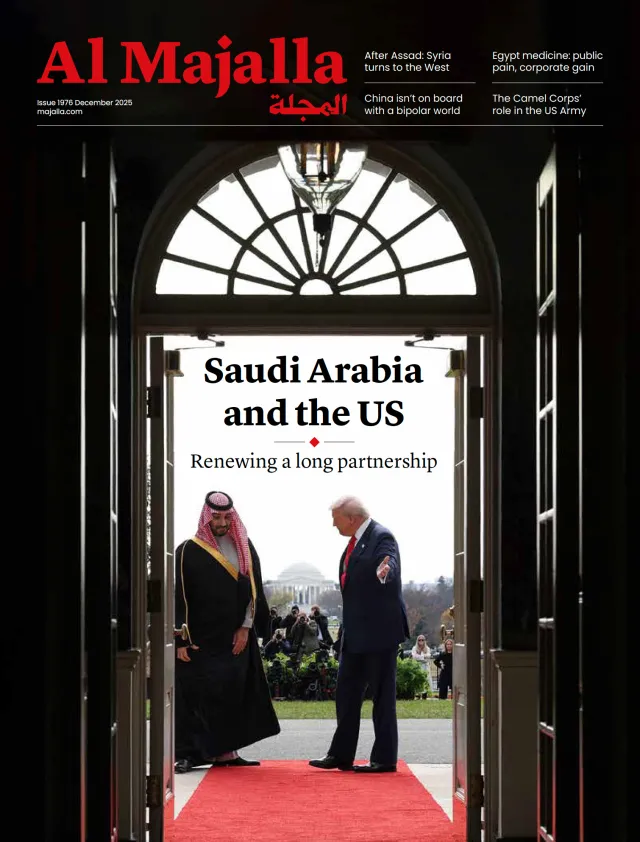Two years ago, on October 7 2023, Hamas launched attacks on the Gaza envelope, triggering a political and security earthquake whose aftershocks continue to reverberate across the region.
For Al Majalla, the second anniversary demands pause and reflection. This wasn't just a confrontation between Hamas and Israel; it was a watershed moment that ushered in a new phase in the region. The Middle East After October 7 is the cover story of Al Majalla’s October issue, dedicated to analysing the shift in the regional power balance that took place in the past two years as well as identifying the winners and losers.
Since that day, events have unfolded at a lightning pace. Wars have not ceased. Diplomatic initiatives did not dry up—some succeeded, others remained aspirational. New maps have yet to be drawn, but one thing is clear: Iran’s regional axis is weaker.
Israeli strikes in Gaza and Lebanon quickly spread to Damascus, Baghdad, Sanaa, and even Tehran. Sites and depots were destroyed; senior commanders were killed. Tehran’s allies found themselves locked in costly, protracted confrontations. In Iraq, the Popular Mobilisation Forces were put on the defensive. In Lebanon, Hezbollah became embroiled in a war of attrition in the south that culminated in Beirut. In Yemen, the Houthis were cornered between military assaults and mounting political pressure.
Biggest blow
The biggest blow for Tehran came on 8 December, when President Bashar al-Assad was ousted from power in Damascus. Al-Assad was more than an ally; he was the cornerstone of Iran’s westward expansion, its strategic corridor to Lebanon and the Mediterranean. His fall delivered a strategic shock to the Supreme Leader, depriving Tehran of its most vital arm of influence and one of its most steadfast allies in decades. With the loss of Syria, the so-called “Axis of Resistance” lost a central pillar, leaving it more isolated and less influential in the regional equation.




